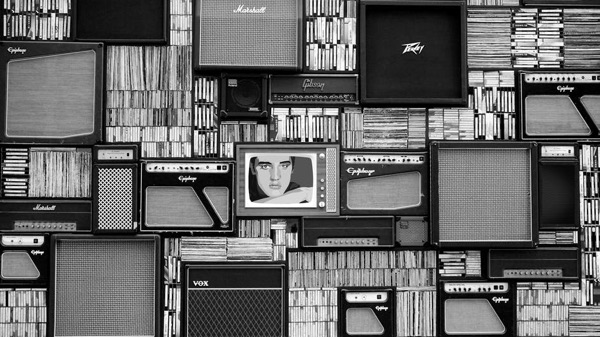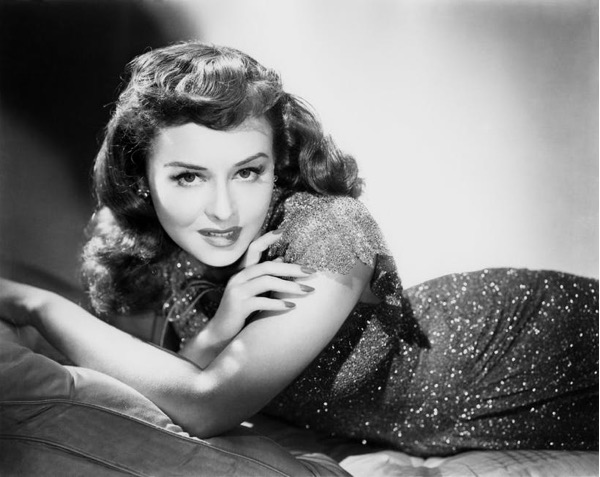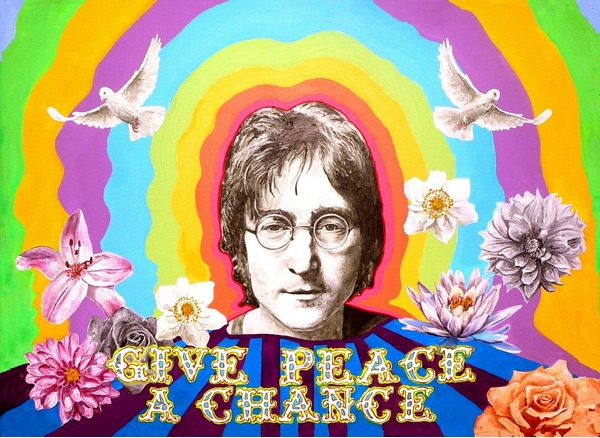100 years of entertainment in Denmark - a look at the development
Just a few years can make a huge difference when we talk about the development of a society. So when we are dealing with 100 years, it is understandable that development must be enormous. In this article, a look back on the past 100 years of entertainment in Denmark is reviewed and looked into what has characterized and influenced the different periods.

Photo by Mikes Photos / Pexels License
The distribution of the Internet means that we have access to a wide variety of entertainment available at all times of the day. For example, with just a few clicks on the web, we can take on one of the latest Hollywood movies, listen to the latest podcast from Mads and Monopoly, or try out the popular Poker game on one of the international sites like 888Poker that usually poker in several variations .. The many entertainment offers embrace broadly and involve everything from movies, series and short videos to games, music and radio broadcasts. In today's society, we are surrounded by so much entertainment that it can be easy to forgive that it has not always been so.

Photo by Pixabay / CC0 License
Entertainment in Denmark 1910-1930
If we rewind the time back to the first decades of the 20th century and up to the middle of the 20th century, this is a completely different picture of the entertainment industry and entertainment services in Denmark. In the period up to the 1910s, entertainment was far from something that was accessible to everyone. Despite the fact that the need for entertainment lived well and the demand for it was great, only the more affluent in society could afford entertainment, as it could be a precious affair.
In the 1910s and 1920s the picture changes. The opportunities for entertainment are growing all the time and the working day is cut to 8 hours. It means plenty of free time to enjoy themselves. In these years, it is especially crowded with Danish artistic silent films , where women are presented in a new and erotic way, which causes many to wrinkle their nose and take their heads. However, it does not prevent anyone from storming the cinemas when new films are launched - on the contrary. At the same time, the Danes begin to cultivate idols and superstars. With the advent of sound systems in the late 1920s, the popularity of silent films diminishes. New movies take over and replace movies without speech.

Photo by Pixabay / CCO License
Entertainment in Denmark 1930-1945
In addition to the many speech films, the 1930s are the time when several Danish revisions make their march in popular culture and make the population forget the crisis for a while. Many of the revues have since gained legendary status. In the same year, the labor movement trumps up, where the need for a separate culture is mercilessly discussed. Several argue that the so-called socialist culture should replace bourgeois culture, while others believe it is about getting equal access to cultural life. Cultural life becomes a political issue.
With the beginning of World War II in 1939, a gloomy period begins in history. As a result of the prevailing ideologies, cultural life is colored by representations of the woman as virtuous and the man as strong. Conservativism and Nazism are emerging, and this has an impact on cultural life. At the same time, many Danes are trying to hide in the culture at this time. Here you long for a world that is different from the sad reality you are in. That makes Morten Korch a hit in particular. During the war censorship is also introduced. This means that Danes are deprived of a number of news channels, and German feature films and radio broadcasts take over.
Entertainment in Denmark 1945-1980
1945 marks the year of the end of World War II and the end of German influence and culture. Instead, American culture takes over in Danish society. In the radio, American hits are played, in the theaters appear Hollywood movies, and on the shelves of the stores, it abounds with American magazines and magazines. At the same time , the TV occupies the stage , and sports go into saving up to the modern device - a consumer good that in the 1960s becomes a permanent part of everyday life in the Danish homes.
The 1960s and 1970s are basically a time characterized by rebellion and controversy with past norms and patterns. It is a time marked by youth rebellion, women's movement and hippie culture, where experiments are carried out in a number of areas. These trends are largely reflected in popular culture. Here, forbidden steps are made for common dance steps, while the music coversrejects subjects and tones that no one would have dreamed of before. The male idols are long-haired, the women are strong and often naked, while tolerance and freedom are preached in a variety of contexts. Opinions and attitudes creep into everything and become a natural part of the culture.

Photo by stuarthampton / CC0 Creative Commons
Entertainment in Denmark 1980-2000
In the 1980s, the whole family of Denmark sits glued to the screen in the form of the living room TV to keep up with the many satire and entertainment programs that continuously run across the screen. Unlike the political messages and tones of the 60s and 70s, the 1980s are characterized by a great demand for humor, the frivolous and the childish. We like to laugh and enjoy ourselves and preferably without it requiring too much of us. Despite being offered entertainment from all over the world, many Danes resort to Danish entertainment. Female Danish singers such as Lis Sørensen, Anne Linet and Sanne Salomonsen are all among the stars who are adored, and in TV we like programs like the Lykkehjulet and Eleva2ren, which are also shown in much of the 90s.
In the 1990s, we have access to a sea of news channels and media, where we can follow at all times of the day - and often also directly. These years mark the beginning of the new technological age, which is the time we find ourselves today. Here the Danes start to choose and choose when it comes to entertainment and news, and here one of the most significant and significant inventions begins to gain entry into Danish homes. In 1996, 12 percent of Danes spend two hours a day online, while 83 percent of Danes have access to the network in 2007. With the Internet, a new age of entertainment has been paved.

Photo by Pixabay / CC0 License
Entertainment in Denmark 2000 and until today
For the past twenty years, the advance of the Internet and technological development have created a beautiful new world. A world where young people in Denmark spend an average of 3.5 hours a day online , where social media has become the way we interact, and where politicians use Facebook as a place to wage war. At the same time, smartphones and tablets mean that we can be online 24/7, and thus we have constant access to a world of entertainment. The wide variety of entertainment has in many ways made us discerning, which places greater demands on the entertainment industry. On the other hand, we can now take an active part in the entertainment. On YouTube we can upload our home videos from the best popular festivals , on Instagram we can show our own photos, and on the web we can blog about our personal attitudes to everything from fashion and food to politics and travel.
Thus, there has been an infinite amount of entertainment over the past 100 years, and with the rapid development it becomes exciting to see where we are in 10, 20 and 50 years.



